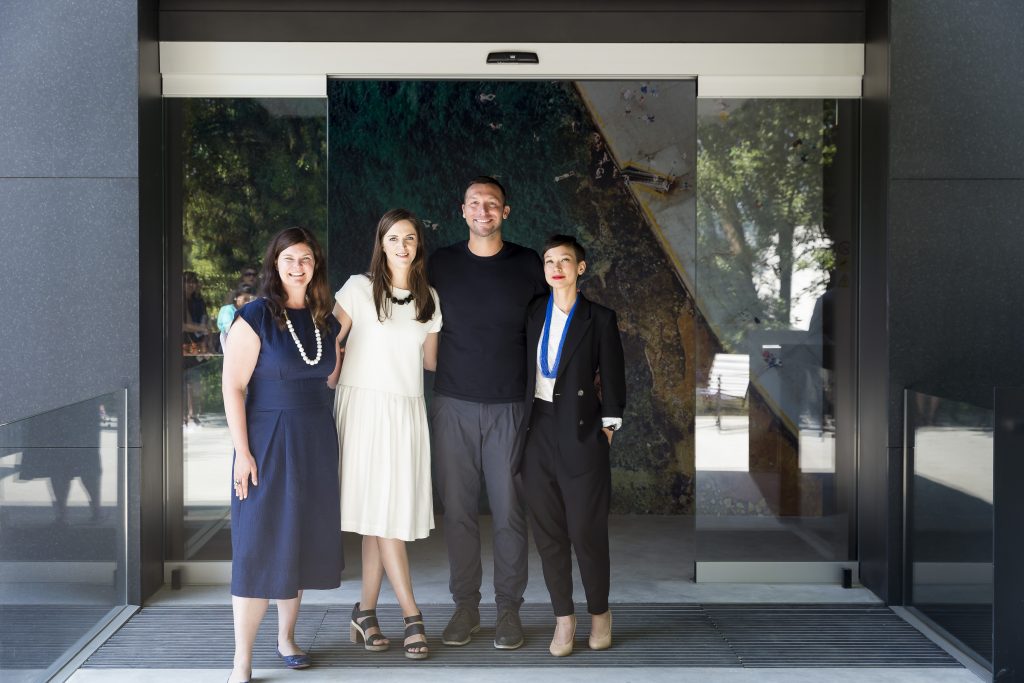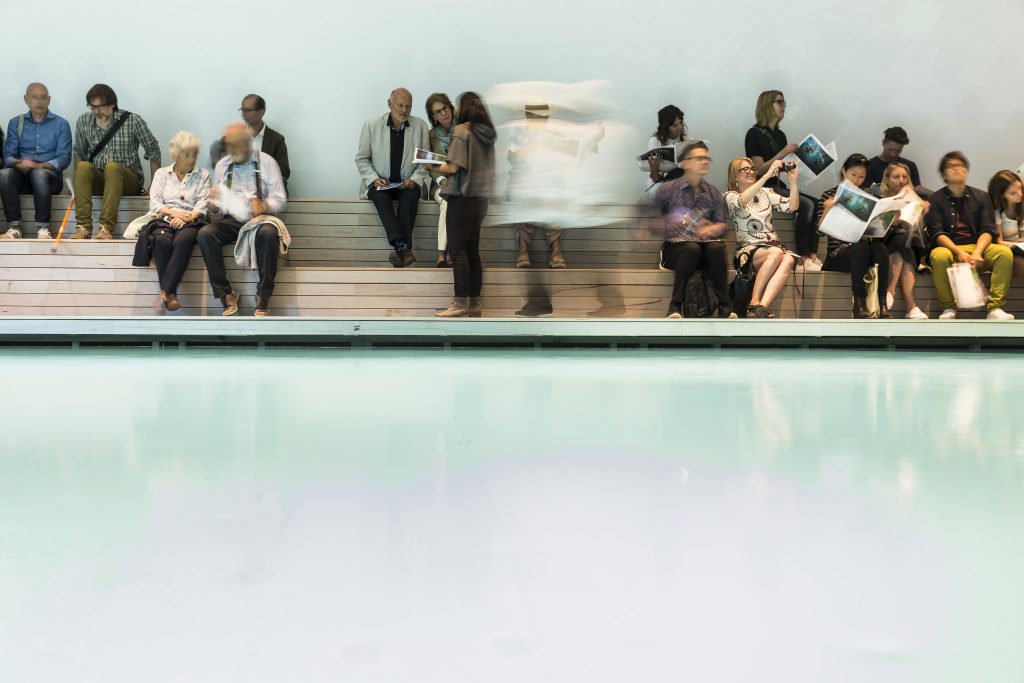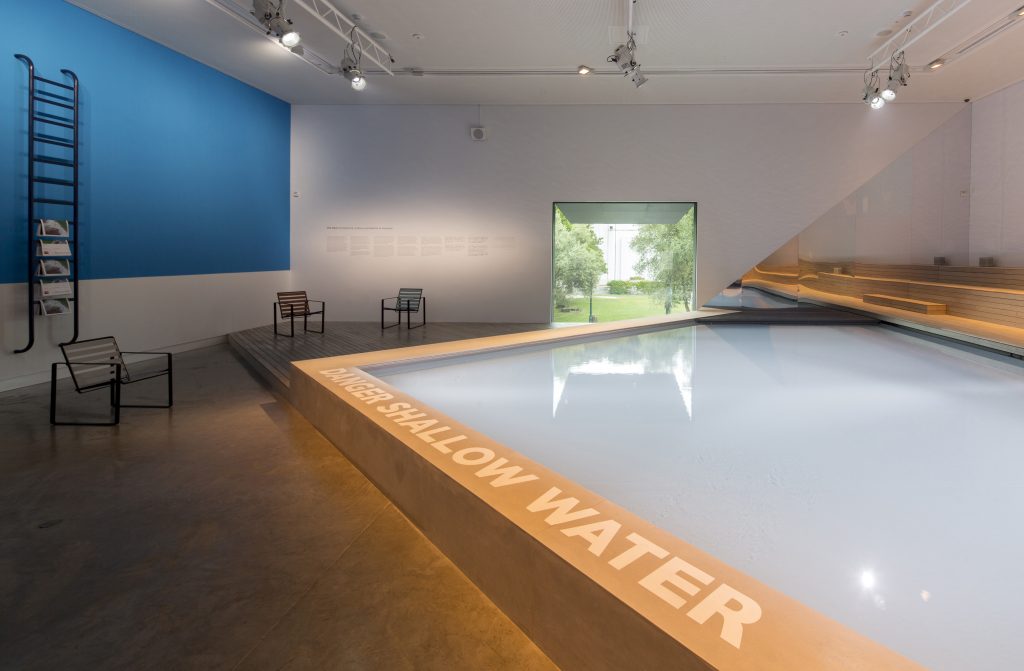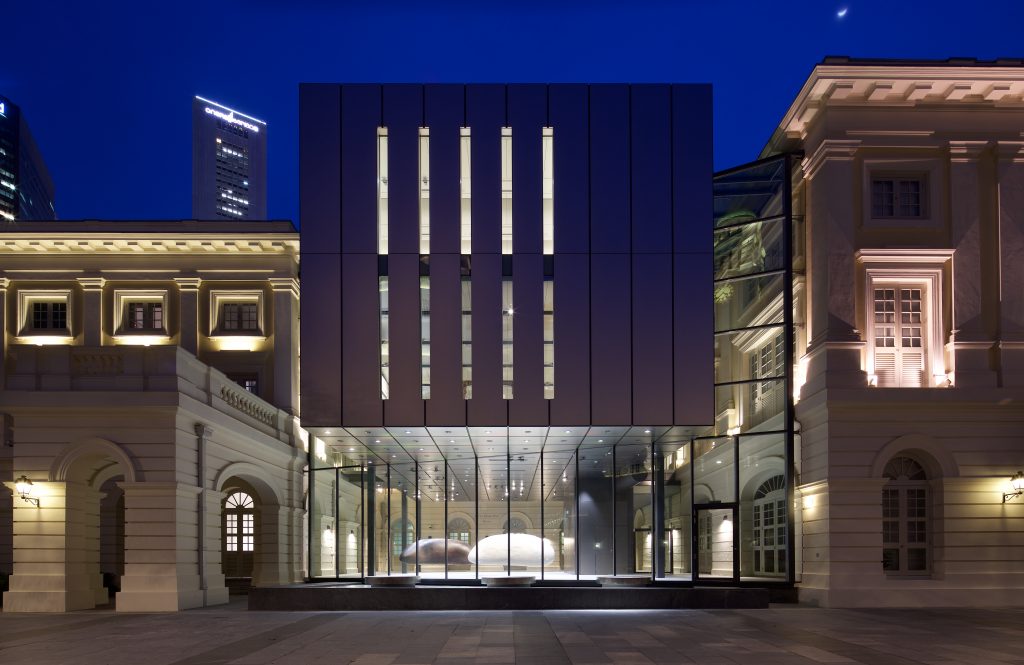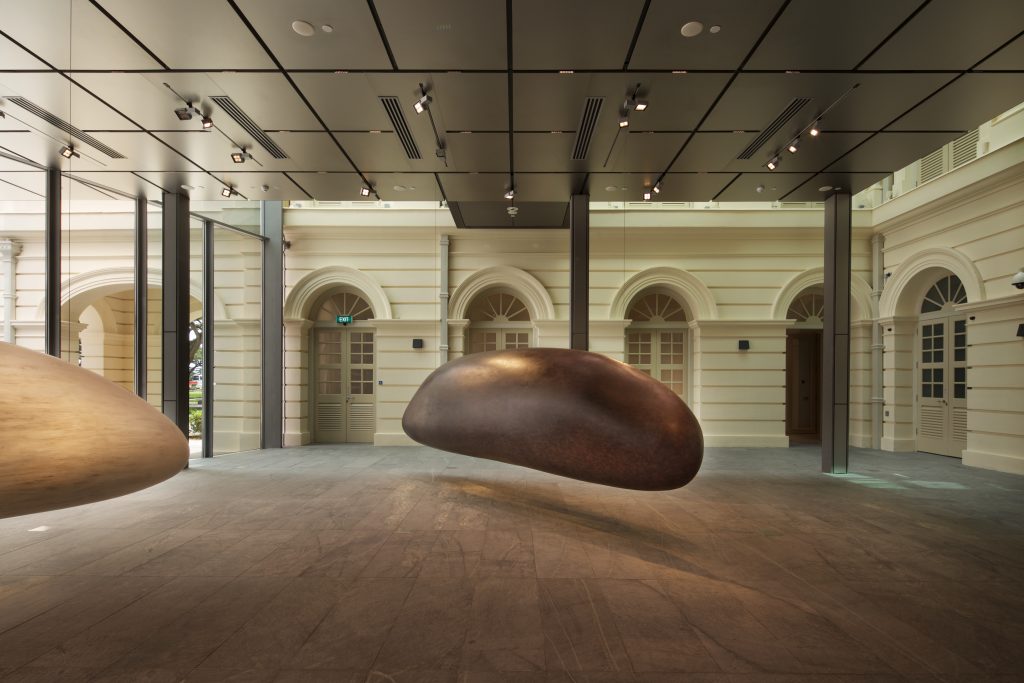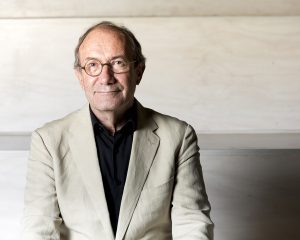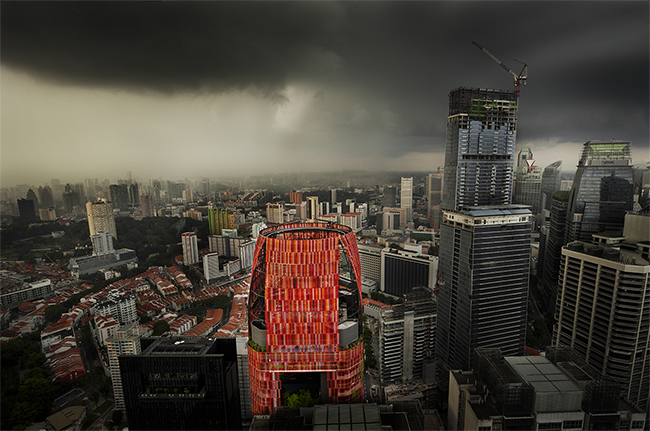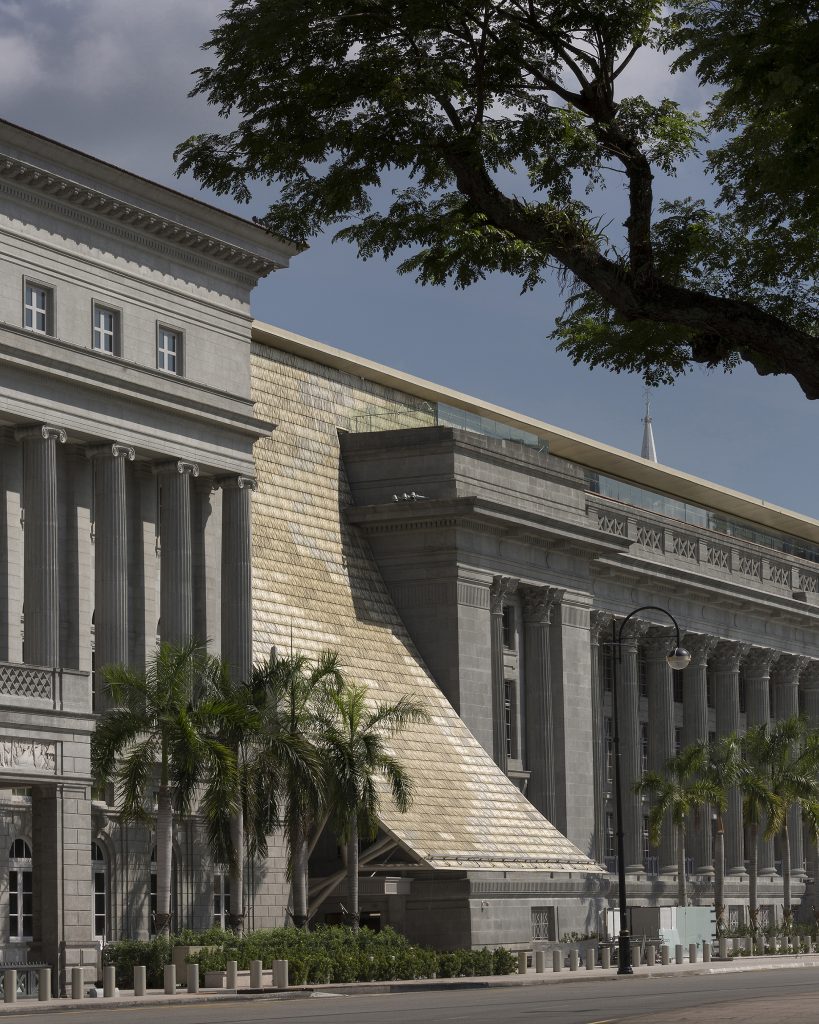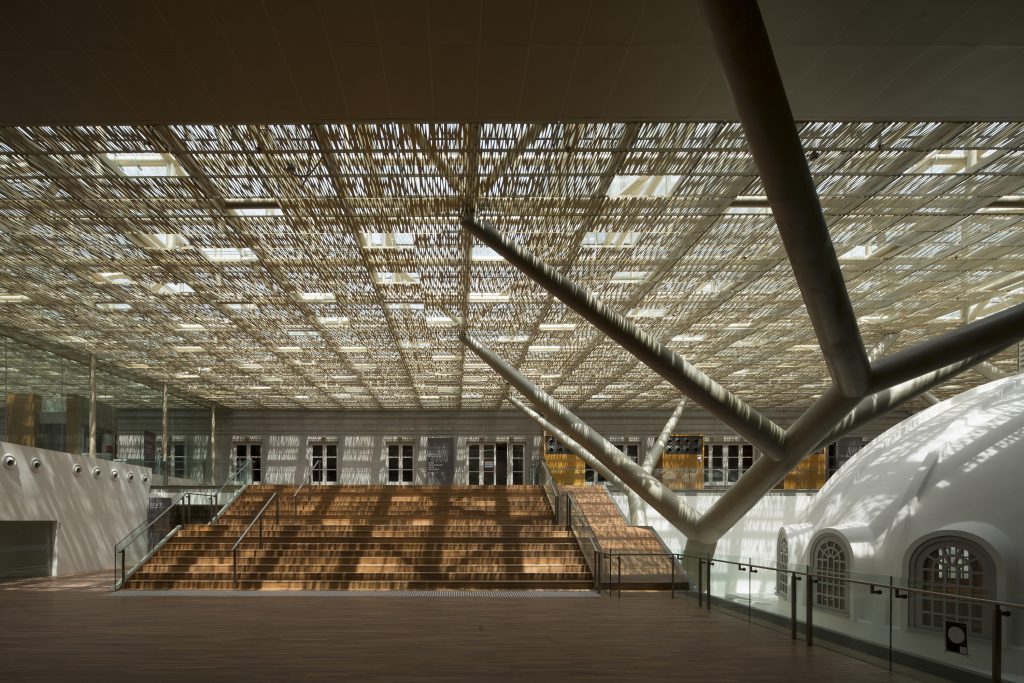Jun 2016
This month
NATIONAL
Federal election
The Federal election campaign is underway. We are encouraging members to start conversations with their local candidates, whether for the House of Representatives or the Senate, to discuss their position on various issues around Designing Australia’s Future. Many of our members have said that they want to help, but just aren’t sure how. ‘Designing Australia’s Future’ campaign will rely on everyone doing a little bit – a collaborative effort to turn the discussion to a policy-making level. You will soon be receiving something in the mail to point you to the tools you need to write to your local candidates or to meet with them and have a discussion about Designing Australia’s Future. Materials include the Designing Australia’s Future booklet, fact sheets, talking points, and questions to ask. If you have a conversation, we would like you to share the results using our web page, or upload a related photo to Instagram, or mention it on Twitter with the hashtag #DesignOurFuture16.
Australian Consumer Law Amendments
The Australian Consumer Law Review Issues Paper has raised the possibility of removing the exemption from the implied fitness for purpose warranty that currently exists for architects and engineers under section 61 of the Australian Consumer Law (ACL).
The Institute made a submission expressing our concerns that this matter has been raised again. The Institute believes that there is no market failure that requires the removal of the exemption, and that removal of the exemption will be detrimental to consumers and will adversely impact on architects, either as principals of smaller practices in particular, or employees dependent upon them for employment as architects. The review will provide other opportunities to comment on proposed changes, and will publish its findings in 2017. See the submission on our website.
Non-conforming building products
The Institute made a submission to the Building Ministers’ Working Group on strategies for dealing with non-conforming building products. The Institute put forward the view that there is a need to reform the current system to provide specifiers, purchasers, installers and certifiers with a clear mechanism to determine whether products are fit-for-purpose as defined under the National Construction Code. We also believe that actions need to be taken to remove non-conforming products at the point of sale and to proactively identify and remove non-conforming products from our buildings. One immediate solution to prevent further use of non-conforming products is for regulators to enforce existing regulations, which requires the appropriate resources to implement proper enforcement processes. See the submission on our website.
NORTHERN TERRITORY
Dual Occupancy in Zone SD
The NT chapter recently supported the introduction of Dual Occupancy to SD sites, as a natural and sustainable response to our increasing urban populations. They put forward the view that it is an effective planning instrument in reducing the sprawl of Darwin urban settlements. Correctly implemented, a Dual Occupancy policy is able to facilitate the provision of additional housing opportunities in areas which are proximate to goods and services, and with existing levels of high amenity. The submission also covered issues such as lot sizes, and design controls.
Remote Housing Designs
The NT Chapter commented on the Department of Housing’s proposed remote housing designs, pointing out the expertise of NT architects to deliver climatically responsive and culturally appropriate housing for indigenous Australians. The Chapter commented on the process to be followed, consideration of climate in the design process, housing for health, disability access, energy performance, community development and tenancy support.
NEW SOUTH WALES
Planning reform
The Institute’s NSW Chapter was a founding member (with PIA, the Property Council and the Sydney Business Chamber) of the Coalition for NSW Planning Reform in 2007. The group met with Planning Minister Rob Stokes in February to persuade the Baird Government to improve the functioning of the planning system under the current legislation, while also providing stepping stones towards a more comprehensive overhaul through new legislation at a later date.
The NSW Government has recently had a series of consultations with industry and professional groups regarding amendments to the legislation that would go some way towards the achievement of the coalition’s objective. We are now preparing for another meeting with the Minister to urge him to make further, more substantial, reforms.
VICTORIA
Apartment Standards
In April, the Chapter made a further submission to the Department of Planning that will feed into the final draft of the standards that will be out for public comment in the next couple of weeks – we will respond to this next iteration of the draft.
Central City Built Form Controls
In May, the Chapter made a short submission to the Government on the proposed Melbourne C270 Amendment, which introduces floor area ratios (18:1) – this includes the proposal to use the Institute’s competition guidelines to run design competitions as one mechanism for encouraging design excellence.
Zoning Reform review
In April, the Chapter made a written submission and a physical presentation to the Residential Development Review Advisory Committee in response to an invitation to comment on the application of zones that provide for residential development in metropolitan Melbourne and the four regional cities of Bendigo, Ballarat, Geelong and Latrobe.
Registration of Project Managers
In May, Chapter members had an initial meeting with the Department of Planning to discuss regulatory impact statement being developed to review potential to mandate the registration of project managers.
WESTERN AUSTRALIA
Planning issues
The WA Chapter informed the new Minister for Planning of the major concerns held by the Institute on issues such as housing diversity and density, development assessment panels, and South Perth Amendment No 46.

